It was on November 11, 1895, that the first children arrived at Badshot Lea School, walking through the new entrances marked ‘Boys’ and ‘Girls’ facing onto Badshot Lea Road.
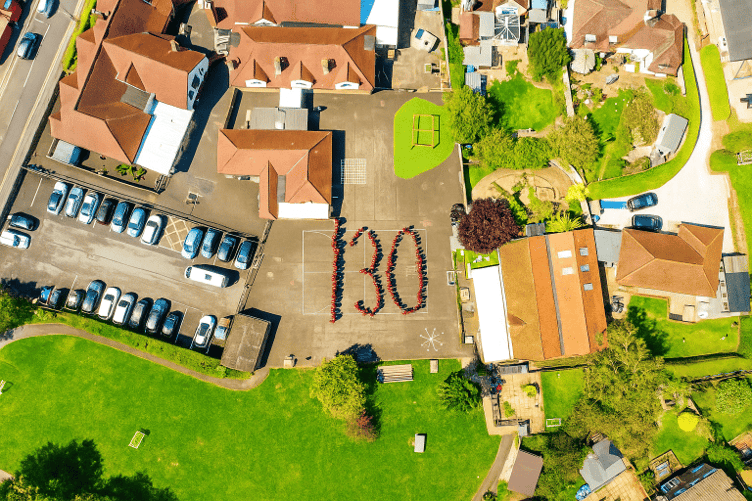
Last week, 130 years to the day, the pupils all came through the entrance off the car park at the back of the school and then stepped back in time for Victorian Day.
In 1895 there were 70 infants but 68 older pupils up to the compulsory leaving age of 11. Now there are 148 students between the ages of four and seven. The modern children arrived dressed as Victorians and spent the day learning about the life experienced by those of their great-great-great-great grandparents’ generation.
Headteacher Gemma Ball had donned a long skirt and shawl, and, wielding a cane, she inspected the children’s hands, made them stand up when speaking to a teacher and taught the children how to write cursive script on slates, all of it with the lights off to demonstrate what learning would be like without electricity. A couple of the children concluded that their headteacher probably wasn’t alive in Victorian Days.

The classroom had a blackboard for the day which most of the current pupils would not have seen before, being accustomed to interactive whiteboards linked to laptops. The first pupils did not have blackboards either as their arrival was delayed, much to the frustration of Charles Mancell, the first headteacher, who complained this was a “great inconvenience”. It took until December 2, 1895, for them to be delivered.
The curriculum was also somewhat different. Reading through old logbooks kept for more than 100 years, Gemma Ball pointed out that the girls had a lesson in ‘cooking herrings’ as well as needlework. “The way children were talked about was very different too,” she said, “and they were punished for things like poor hygiene.”
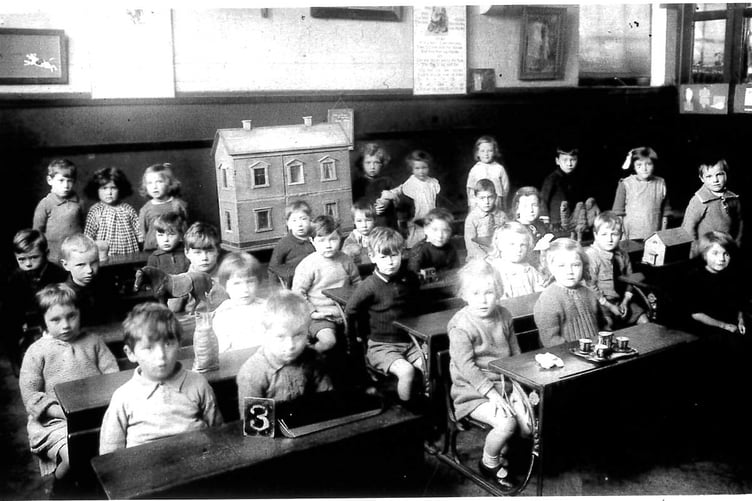
The school has logbooks from between 1995 and 1996, and a ‘punishment book’ which revealed that one child was caned for stealing food and then was caught and caned a second time for the same offence. “The poor boy must have been very hungry,” said Ms Ball.
Today a hungry child or one with poor hygiene would, of course, find support.
The logbooks reveal both how different and yet how similar school life was between the Victorian and Edwardian days and the 21st century.
On October 26,1900, for instance, Charles Mancell noted: “Attendance suffering from absence of older boys engaged in field work”. It was common practice for older childen to help with agricultural work rather than go to school.
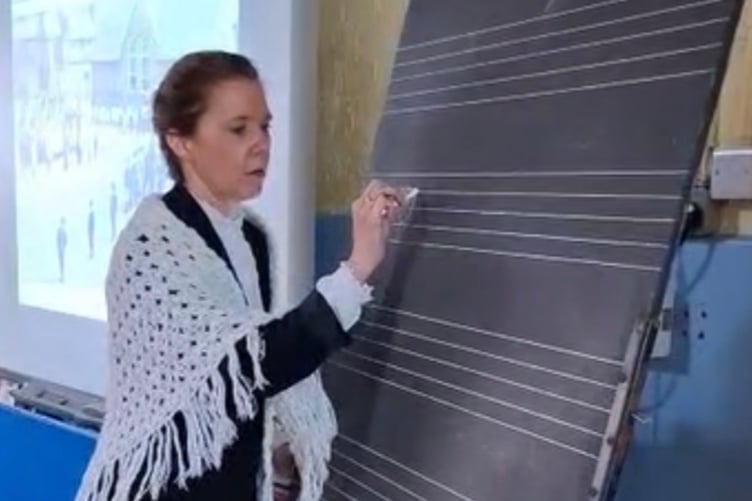
Since the Agricultural Children Act of 1873, no child under the age of eight had been allowed to be employed in agriculture. However, children between eight and 10 could be employed if they could prove 250 attendances at school in the preceding 12 months, while those between 10 and 12 had to prove they had been 150 times.
Mr Mancell also wrote about regular school closures because of illness, such as the diphtheria epidemic in October 1906. Whooping cough also closed the school and there was a nasty measles epidemic in 1897.
As modern medicine tamed diseases which used to sweep through communities many people became complacent.
That all changed with the Covid pandemic in 2020. “We thought that we were the first generation to have the school closed because of an epidemic but we weren’t,” said Ms Ball.
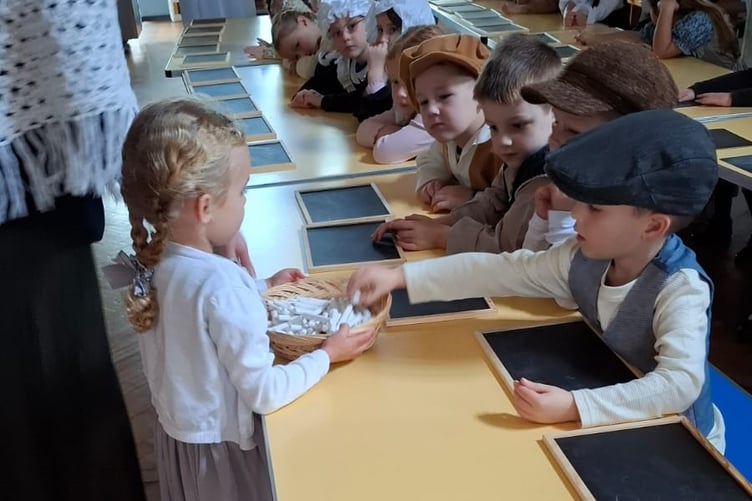
School inspections have been a constant. These days the school is visited by Ofsted who declared it ‘good’ in all areas. In 1898 its first inspection took place and Her Majesty’s Inspector wrote that it was an ‘excellent school’.
Training sessions for teachers have always been important though the content has differed over the years. Ms Ball found a report from 1900. “The head lectured them on how to use a blackboard in singing!”
Modern day pupils are often out in the garden and it seems this is another similarity with the past. “We love gardening here and I found an old picture of boys gardening.
There are pictures too of celebrations with flags and bunting and we still like to get those out. In 1953 the school held a big celebration for Coronation Day and we had a party in the playground for the King’s Coronation in 2023.
The 2025 children discovered another difference between now and the time their Victorian counterparts attended the school. Mars Class, whose members are age five and six, posed for a photograph in the same place that one had been taken a century previously.
As one child pointed out, the children in the old picture looked sad. Ms Ball explained that because it took a long time for the picture to be taken, the subjects could not smile otherwise their faces would be stuck in rictus grins.
The conditions were more cramped 100 or so years ago than in the present day school and for many decades relied on open fires to heat the classrooms. A logbook entry detailing the installation of a boiler in 1933 mentions nine classrooms and one inside toilet rather than the five there are today and plentiful facilities.
As the education system changed and the leaving age went up (to 12 in 1899, 14 in 1918, 15 in 1947 under the post-war Butler Act, and 16 in 1972) the school changed. In 1900 it was too full, a situation that Ms Ball knows because there have been times when there have been more pupils on roll than strictly was allowed. At the start of the 20th century the solution was to build another classroom.
Further changes were in store. Ms Ball added: “There was a big reorganisation of education in the 1950s in Farnham. In April 1953, there were 94 juniors here who went to East Street School and then in 1954 Badshot Lea School became a temporary secondary modern school with children going between here and the old Heath End School. That was a prefab building and the last prefab school in the country!”
Prefabs, or prefabricated buildings, were built between 1945 and 1951 to tackle the country’s housing problem and were not expected to remain in use for more than 10 years. The Heath End one lasted a lot longer as the new Farnham Heath End School did not open until 1968. When this school opened, Badshot Lea became a county primary school under the headship of Mr Finbow who had been head of the whole secondary and primary school.
The school remained a primary school until September 1974 when William Cobbett Middle School opened and took in pupils from age eight. The little school at the Badshot Lea crossroads then became Badshot Lea First School with Jean Deeks as head and classes from reception to year three. She was followed by Shalini Norman in 1988, Jan Weir in 1995 and Ms Ball in 2015.
There are parents and grandparents of the current generation of pupils who attended the school and have many memories of their days there. The school has always been central to village life and remains hugely popular.
Ms Ball added: “We have always been at the heart of the community and I’d love to think that we will still be here in another 130 years, educating the children of the locality.”
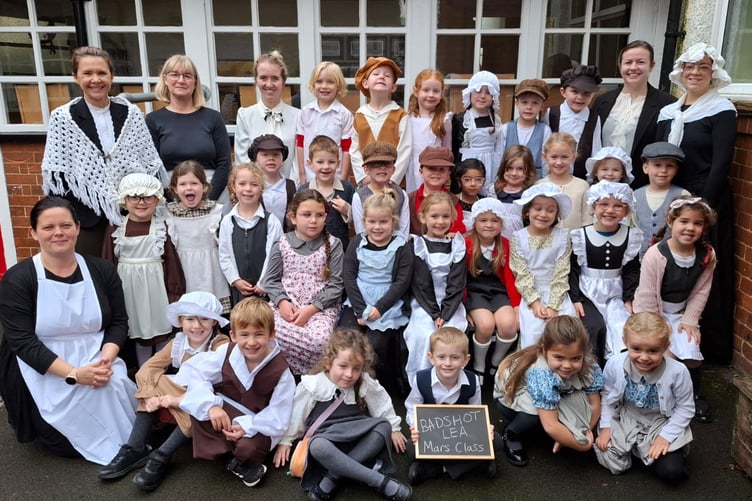

-and-Daniel-Watson-(right).jpeg?width=209&height=140&crop=209:145,smart&quality=75)

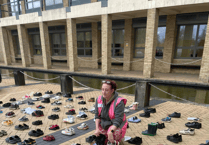
Comments
This article has no comments yet. Be the first to leave a comment.